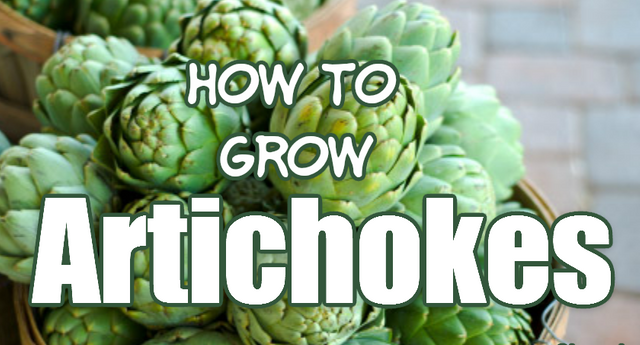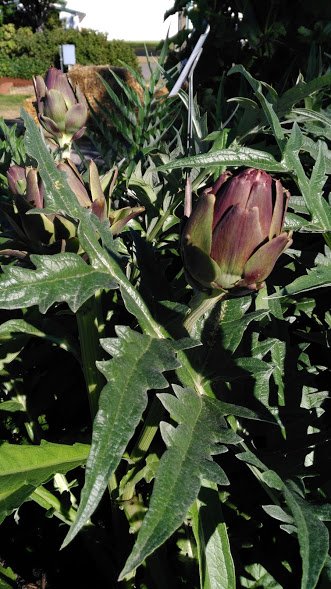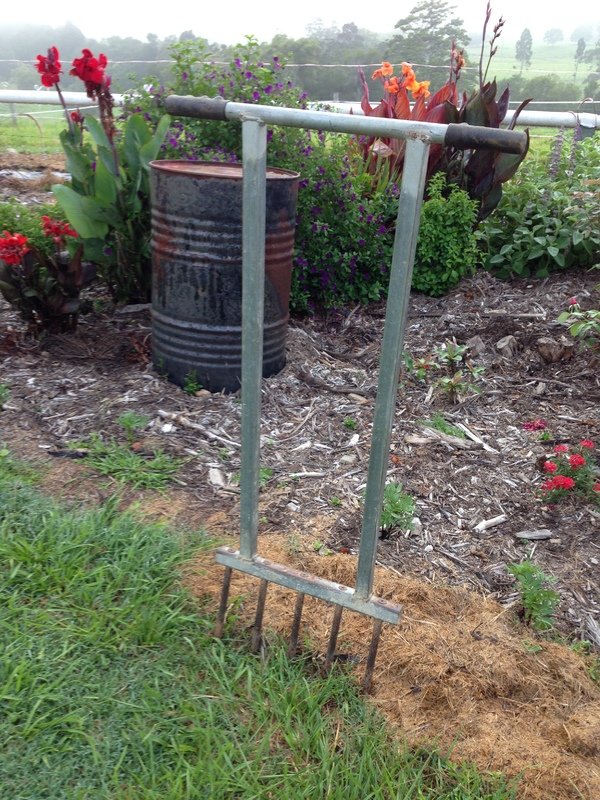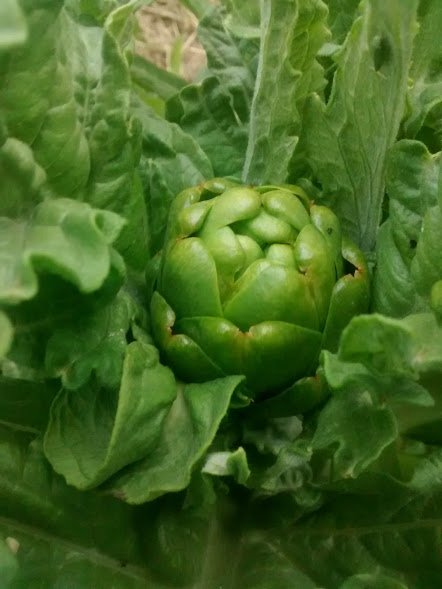How To Plant And Care For Artichokes In Your Garden
Artichokes are a wonderful vegetable for eating, but they're also a beautiful landscape plant. They're native to the mediterranean and they're cold hardy down to about zone 6. You can grow them as an annual if you're in a colder climate. I'll show you how to plant them!

Artichokes will produce for about 6 to 7 years, but every 3 years you can divide the plants to get even more plants. The long life of the plant makes soil preparation essential to good yields.
Choose a sunny location. Artichokes also need plenty of space. They can grow to about 4 feet tall and can have a spread of about 6 feet.

If you live in a hot summer climate, you might also want to think about some afternoon shade. Also don't plant your artichokes too close to the roots of other big plants, such as trees or vines. They don't like a lot of competition for nutrients.
Good crops start with good soil. I apply a large quantity of compost into the first 12 inches of the soil and I use a broadfork to work it in.

At the same time you want to mix in a slow release fertilizer with phosphorus and potassium. Comfrey leaves and compost work well for this.
It also makes the soil more alkaline, which is great for artichokes, cause they like a pH of about 8.
Dig it in at least 8 inches deep so that it's available for the roots.
Before planting the artichoke crowns, make sure and water your bed very well.
Artichokes can be planted from seed, but you'll get better results if you plant from these root crown sections or plants.
In warmer climates artichokes can be planted in the winter. In colder climates, you can heel them in until early spring.
Dig a hole about 6 - 8 inches deep and to encourage root growth. Just cover the root with about 6 - 8 inches of soil. Mulch the bed to prevent weed competition. In the spring, you can fertilize with a nitrogen fertilizer or fish emulsion.
Starting artichokes from seed in January in a greenhouse will get you lots of plants on the cheap. When the plants are about 4-6 inches tall, put them outside in the cold for a few weeks in February and then bring them back into the greenhouse in March.
When you plant them in the ground in April or after the first frost, the plants will be tricked into thinking they made it through their first winter and will bloom artichokes in their first year.
After a couple of years of growing, the artichoke plants will grow smaller plants around the main plant that can be picked out of the ground and replanted in its own spot.

Once artichokes are established they will produce for 6 to 7 years giving about 20 large globes per year, another 20 smaller globes and dozens of new plants per year.
In the fall when the plants have stopped producing, I run the chickens through the rows to weed the plants. I usually plant cucumbers around artichoke plants and they keep the weeds down during the summer as do nasturtiums. The chickens come in in the fall at eat the cucumber and nasturtiums down to nothing but bare ground while leaving the artichoke plants alone.

Then I just mulch it with straw and comfrey leaves for the winter. You can read more about prepping the garden for winter here.
Another new use I am researching about is the use of artichoke leaves extract. It seems that artichoke leaf extract can help to lower cholesterol levels in patients with slightly elevated cholesterol that were otherwise healthy. The extract is rich in flavonoids, which can help to prevent cardiovascular disease.
The bile production, stimulated by the artichoke leaf extract, also benefits the liver by helping it to eliminate toxins.
There has been recent research showing that artichoke leaf extract can clean cholesterol plaque buildup on the interior of artery walls reducing cardiovascular disease and the demand such extracts are very strong in the market.
Artichokes are delicious too and the hearts can be pickled to extend the harvest into a supply of food in the winter.
For a plant that you plant once it sure gives back a lot for so little effort and they sell for about $2.50 per choke at the market. That's about $50 per plant per year not counting the small fruits and new baby plants it produces each year.
Give it some water and give it some love and in the spring it will love you back!
Related Posts
How To Plant Potatoes For A Year Round Harvest --- by @luzcypher
The Magic Of Homemade Fertilizer Feeding Your Garden With Comfrey --- by @luzcypher
Benefits Of Garlic And How To Grow It In Your Garden --- by @luzcypher

This post has been ranked within the top 10 most undervalued posts in the first half of Jan 22. We estimate that this post is undervalued by $21.84 as compared to a scenario in which every voter had an equal say.
See the full rankings and details in The Daily Tribune: Jan 22 - Part I. You can also read about some of our methodology, data analysis and technical details in our initial post.
If you are the author and would prefer not to receive these comments, simply reply "Stop" to this comment.
Your poor chickens need a union. Ha ha. Thanks for this knowledge.
My chickens do most of my plantsing and weeding for the large gardens we have. You can read more about that here.
I read the article. Fantastic!
I've never eaten artichoke other than in spinach artichoke dip. I would like to give them a try. This was a very informative post.
Really? You've never eaten an artichoke? Wow, you should try them steamed and dipped in melted butter and garlic.
That sounds amazing. Do they taste anything like steamed cabbage or brussels sprouts? Because I love those.
They have their own unique flavor b ut i bet you'll like them.
Thanks for the good information. I never thought about growing artichokes but I love to eat them.
They are so good and good for you.
Upvoted by @gardening-trail
Thank you for following and upvoting @gardening-trail
Read our guidelines here. Join us In the Gardening-Trail and let's discuss Gardening Related Topics
Thank you @gardening-trail